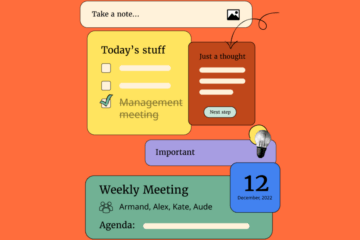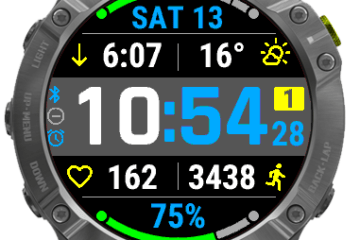
Today, US digital news publisher Quartz launches its much awaited news app – and it’s like no news app you’ve ever seen before.
Rather than rejigging the normal site, the Quartz team has built an iPhone app that resembles a messaging interface, engaging readers in a chatty, scripted exchange about the news. The app offers a small nugget of a story and then provides readers with two options: more information about the topic or to move on to the next item.
We spoke to Quartz’s editor-in-chief Kevin Delaney about the rationale behind the latest innovation. This is an edited version of the conversation.
Why are you launching an app now?
Basically, we launched Quartz by investing very heavily in the mobile web. What we realised is that to be accessible across devices and really take full advantage of social distribution that was the best way to go. We also leaned into the web technology because we felt that that was actually underexploited and we could do more things with it than people were doing.
But what we also said that when we reached a point when we couldn’t access certain functionality that we thought was important and interesting using mobile web technology we would consider building a native app. That’s what we’ve done.
Why choose a messaging interface?
Clearly, a lot of the interactions that we have on our phones are around messaging. It’s a format that readers are familiar with. It’s also relatively unexplored from the perspective of: how do you turn a newsroom towards publishing directly on to this interface? So that’s part of it.
The other part of it is that there’s an opportunity for us to have relatively direct communication with our readers, to have them reply, respond to things we’re doing.
We think about this in the context of messaging platforms as well and while we’re not doing anything along these lines we’re creating content that clearly could also live on other messaging platforms. The team is learning to interact with readers through messaging to see the extent that there are opportunities for media organisations on existing and future messaging platforms.
How did you build it?
We’ve had journalists very directly involved throughout the ideation and creation process. It’s not a question of creating a container for the content and after the fact having to fill that container. In fact it was very much the product of thinking: what is the form that news could take and as a result what is the product that could support that? It’s been a very organic back and forth.
For months now, we’ve had one of our most senior editors Adam Pasick working on this, writing content for the app and getting feedback. He has a small team of people who’re directly responsible for this. Six journalists spend at least part of their day on it. There was one primary developer, Sam Williams, and one primary designer, Daniel Lee.
Is there a risk the app could cannibalise the audience of the Daily Brief newsletter?
I don’t think so. I think people have different habits but we know that there are readers who come to us on different platforms throughout their day. You might read the morning email, then you might come to the website or you might follow us on Twitter and see content throughout your day.
Our expectation is that this is a non-duplicative experience and is different from the very structured quickly scannable Daily Brief email that you get in your inbox in the morning. As we add functionality and different types of content, it’ll be even clearer that it’s not meant to cannibalise the email.
Will there be different versions of the app for different regions?
I think for the moment we’re just having one version. Over time, as we understand the interactions people have throughout the day, there’s an interesting possibility in geotargeting content that could take into account that it’s the evening and you might be more interested in a long read suggestion rather than a quick get you up to speed before your day starts suggestion. It’s still too early to understand which of those avenues are most important to pursue first.
How will you be using the data about readers’ interactions?
We’ll use the aggregate, anonymised data about how people are using it to inform what we do more of and what we do less of, what functions we prioritise, how we more effectively programme the day.
How are you monetising the app?
MINI is the launch sponsor, so it’s monetised from day one. There’s no plan to charge for it but it is advertising supported.
Why iPhone over Android?
The iPhone is a larger userbase for us so that made some sense. You launch on one platform and get it right and gut check the level of interest then make a decision as to whether you want to invest in a second platform like Android.
What does this mean for the industry at large?
There’s an interesting moment where the majority of news consumption for a lot of the world is happening on phones – and you know a lot of the way news organisations are approaching it is porting over content from newspapers and magazines or treating content the same way they did for a website 15 years ago.
It’s pretty clear that at the very least there’s an opportunity to rethink how we’re creating and conveying and formatting news content natively for mobile consumption. That’s a definite opportunity and I would argue among the most important things that any media organisations can be thinking about right now given where readers are headed.
[Source:- The Guardian]



